We've all been there: finding a pair of shoes you love the look of, only to feel pain and discomfort after wearing them for more than a few minutes.
Unfortunately, not all shoes are created equally in terms of comfort. Even the most stylish or expensive shoes can have poor comfort quality and leave you wishing you'd stuck with a simpler style.
Here at Kizik, we've been seeing these struggles for years, and we're here to help. Our expert designers have worked tirelessly to create innovative new designs for improving footwear in the comfort arena.
Today, we're going to break down the process of making shoes more comfortable in detail. As much as proper design and construction matter, there are also some factors you can control that can help maximize your comfort too!
Go ahead and get comfortable because we're jumping right in.
What factors affect shoe comfort levels?
To attain maximum comfort, you need to know the specific reasons for your discomfort. A few key areas can affect comfort or discomfort in a pair of shoes, and some are more obvious than others.
Upper material
The upper material is what makes up the main "body" of your shoe. It includes all the parts and pieces that surround your foot and are above the sole.
In terms of how the upper material can affect comfort, there are some different qualities to keep in mind.
Softness is one of the more obvious qualities when we think of comfort. Soft shoes may not be appropriate for every scenario (working with heavy machinery comes to mind). However, they are certainly some of the most comfortable and are ideal in situations where you have to be on your feet a lot.
Flexibility goes hand in hand with softness and can greatly affect how comfortable a shoe is. You aren't just leaving your foot still inside your shoe. Instead, you're moving around in all sorts of ways throughout your day.
From a slight adjustment of your toes to a high-intensity workout, your shoes need to be ready to flex and meet the needs of your foot. If your shoe isn't flexible enough to move with your foot, you may start to feel restrained and worn out from constantly fighting against your shoe.
Breathability is another factor that can influence comfort. When a material is breathable, air can freely pass through it. This allows hot air from your feet to escape your shoe, letting cool air flow in. Breathability is especially important for people with active lifestyles.
Hot, sweaty, cramped feet are an instant recipe for discomfort and can even contribute to more serious thermoregulatory problems.
With a soft, flexible, breathable upper material, optimal comfort is closer than ever.
Insole
While the upper material is the first thing you see on a shoe, the first thing that comes to mind in terms of comfort is the sole. Most discomfort from a pair of shoes strikes at the bottom of the feet, which comes as no surprise considering this is where all your weight meets the terrain beneath you.
To minimize this discomfort, two major parts of your shoe come into play: insoles and outsoles.
The insoles, as the name suggests, are the soles on the inside of your shoe. This is the material that actually touches the bottom of your socks and has the most impact on how your foot feels through a day of wear, so it's critical to have the right insole for the job.
Every foot is different, and some feet need different kinds of support. In certain cases, medical professionals might even prescribe a specific insole to help mitigate certain health issues. For most people, a high-quality insole like our washable, contoured insoles is more than sufficient for getting all-day comfort.
Plus, our insoles are removable and washable, so your shoes have increased lifetime and long-lasting freshness ahead of them.
Outsole
Outsoles are where the rubber meets the road. In the case of our Rabbit Foam™ outsoles with rubber traction pads, we mean that quite literally!
While your outsoles may not be making direct contact with your foot, they certainly have a huge influence on your foot comfort. Do you know of all those bumpy, pointy, uneven surfaces and obstacles under your feet? Your outsoles need to be equipped to deal with all of that.
Never mind the hot pavement or freezing sidewalks; you've got uneven terrain, slippery surfaces, and all kinds of obstacles out there just waiting to make your feet uncomfortable.
Thankfully, proper outsoles can put these issues to rest. Our Rabbit Foam™ outsoles, which are featured in most of our shoe styles, are designed to absorb every obstacle with cloud-like grace, so every step feels soft and cushy, even when the path beneath you isn't.
You may not notice the effects of excellent outsoles in the first few steps of wearing a shoe, but the best outsoles are the ones that go unnoticed. An unnoticed outsole, after all, is doing its job perfectly by preventing discomfort.
These effects really add up for those living an active lifestyle, and even more so if you're outdoors a lot. With thousands of steps across miles of terrain, there are bound to be quite a few that wouldn't be comfortable without proper outsoles.
The right fit
Finding the right fit is perhaps the most crucial aspect of all when it comes to shoe comfort. The wrong fit is the quickest way to turn an ideal shoe into an uncomfortable disaster.
The designers behind any shoe style have to consider the most important areas where feet struggle to fit, and provide softness, flexibility, and durability in those areas.
For example, many people struggle with finding a good fit for the width or height of their feet. Laced shoes are an obvious solution for helping wider, taller feet fit more comfortably in shoes, although they have some convenience issues of their own if you can't easily slip on and off your shoe.
Our Kizik HandsFree Labs® technology alleviates this problem, so you can slip your shoes on or off without needing to untie and retie them, which makes a world of difference in letting the perfect fit go unhindered.
Having room for your toes to wiggle around is also ideal. Some shoes, such as work boots, have to give extra protection over the top of your toes, which means less flexibility for your toes. However, everyday styles don't have those limitations, so look for thoughtful designs that let you move your toes as needed.
A soft, flexible material such as a knit upper, premium-quality leather, or breathable canvas is an ideal way to ensure you have a long-lasting fit that holds up to everyday use and keeps you comfortable.
Ease of entry and exit
Although putting your shoes on and taking them off make up only a tiny fraction of the time you'll spend with any pair of shoes, that time can be significant when it comes to your comfort.
We all know the feeling of trying to slip on shoes that aren't intended for it. We end up bruising our heels or bending the shoe material in the wrong way, and it becomes bothersome and out of whack until you stoop down and dig your fingers in to fix it. HandsFree Labs® technology is here to end those issues for good.
Comfort is about convenience and peace of mind. Knowing that you can put on your shoes, and perhaps more importantly for some of us, our kids' shoes, in mere seconds without having to bend down or free up your hands is a huge plus.
Stressful mornings trying to rush out the door are exponentially easier when putting on shoes isn't a huge hassle. It can also make a quick change at the gym, so you don't miss your bus or subway, or it can make slipping off your shoes at the end of a long day that much more satisfying.
Whatever the case, the convenience of hands-free shoes shouldn't be underestimated.
Final remarks
When it comes to making shoes more comfortable, we're proud to say we think we've got it mastered here at Kizik.
Try a pair of our Lima, Athens, Prague, Vegas, or Madrid Eco-Knit shoes today and see for yourself how our HandsFree Labs® technology and Rabbit Foam™ outsoles bring comfort to every step. It might just change your life!
For all things footwear, answers to footwear FAQs, and more, stay tuned right here on our Kizik blog.
Sources:
Foot Pain and Problems | Johns Hopkins Medicine
Physiology, Temperature Regulation - StatPearls | National Library of Medicine
How Many Steps Should You Take a Day for Fitness or Weight Loss? | Medical News Today



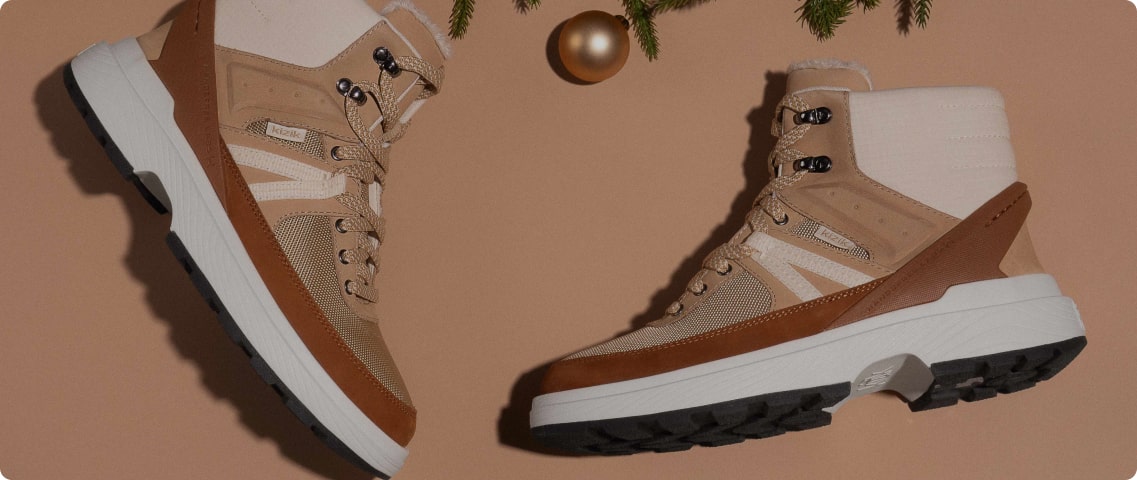
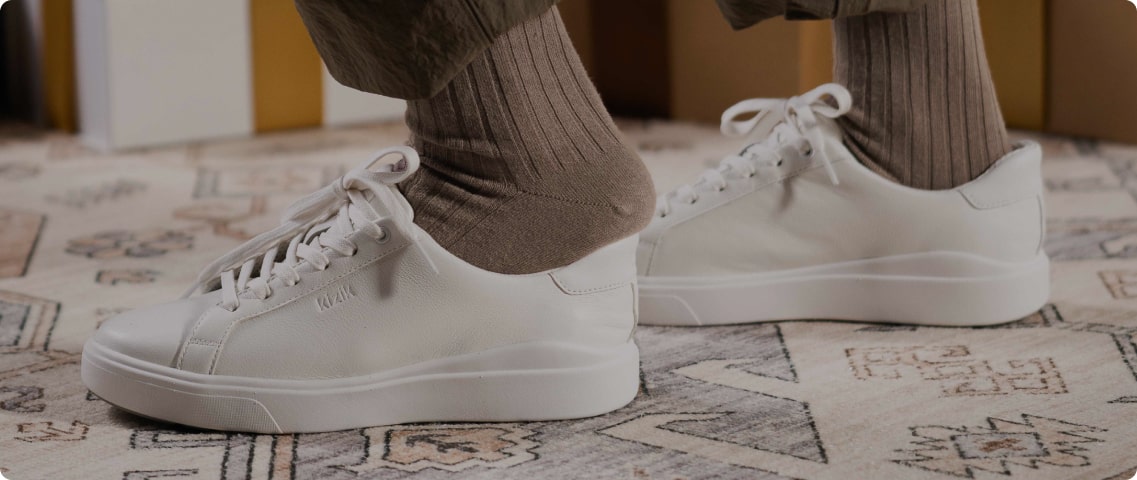
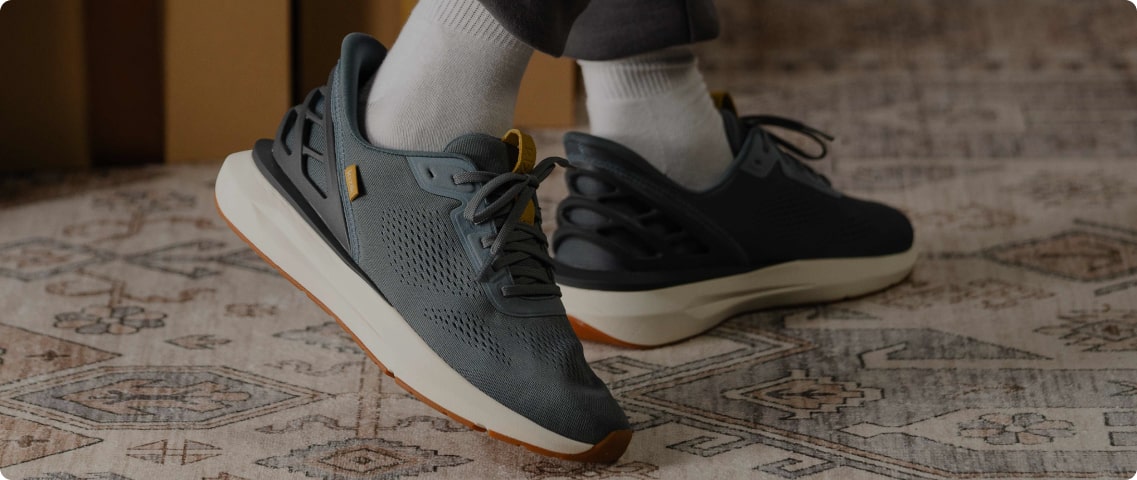


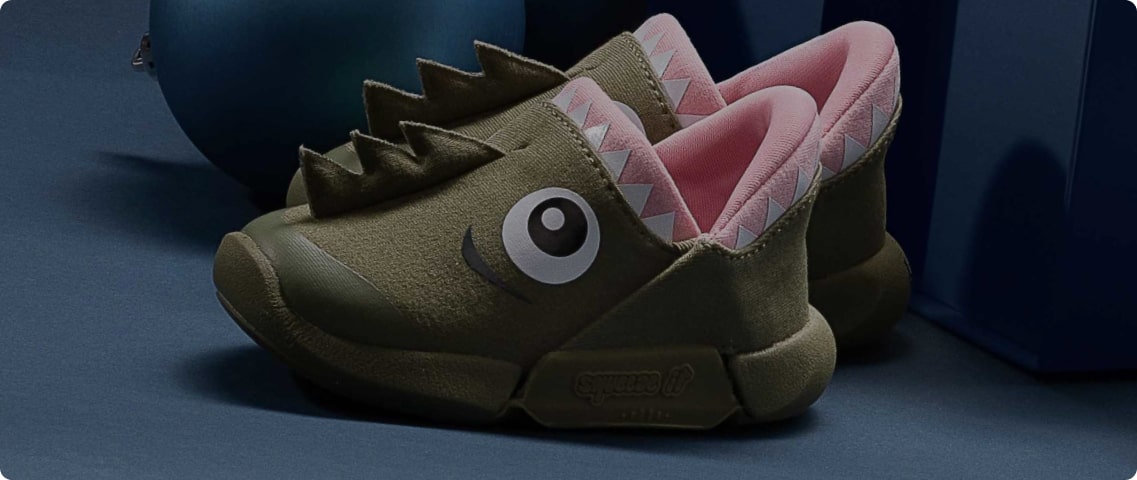
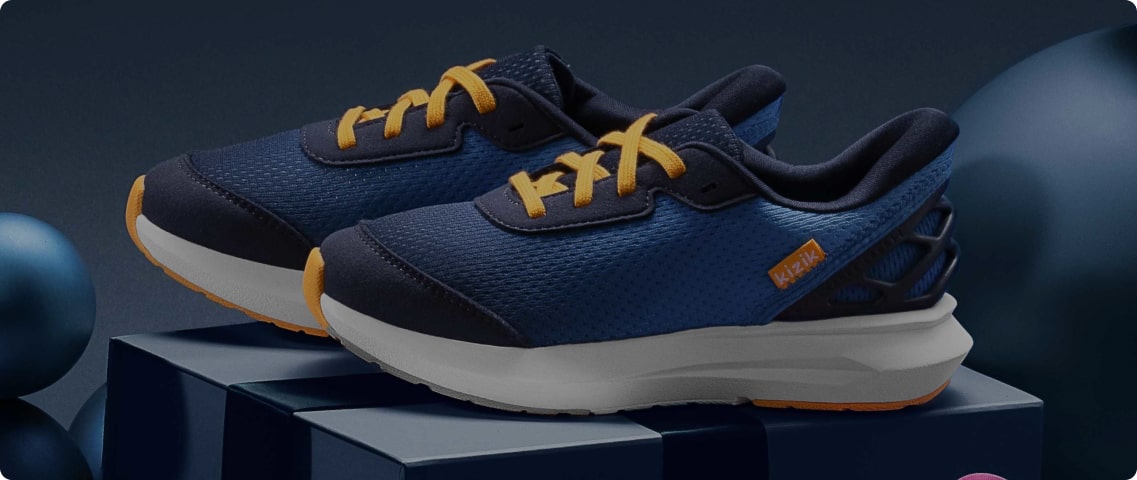
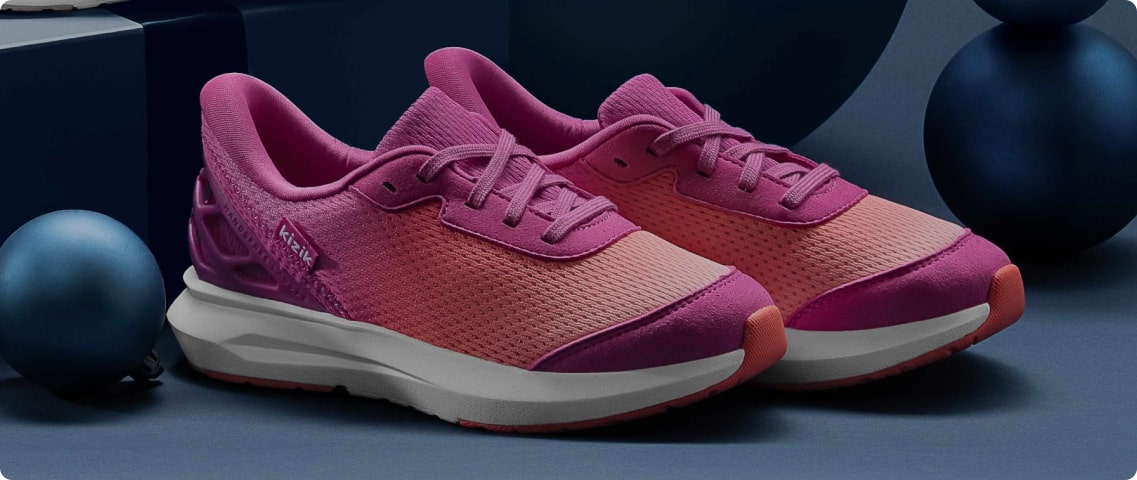

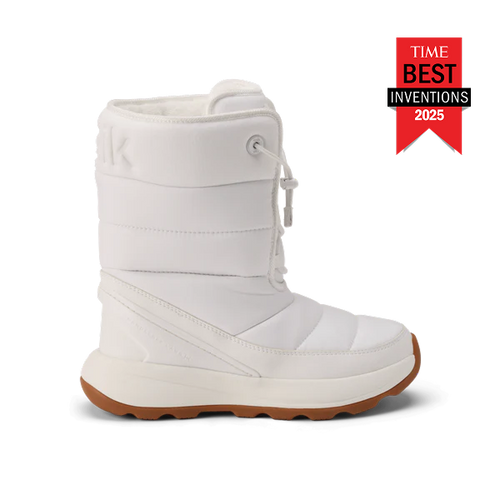


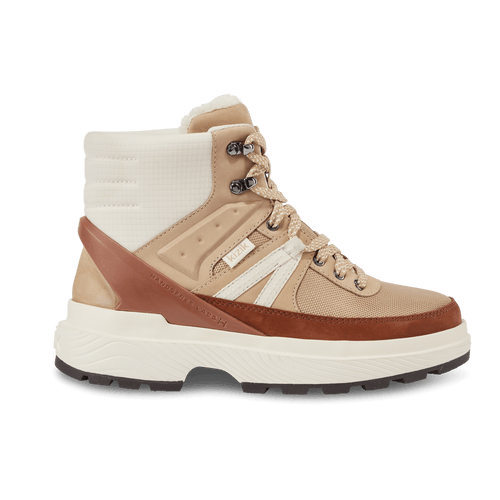
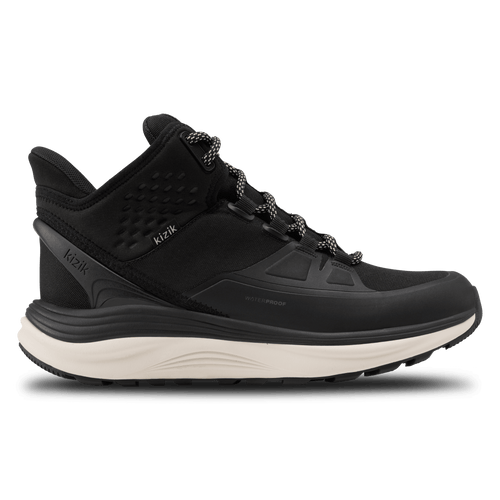








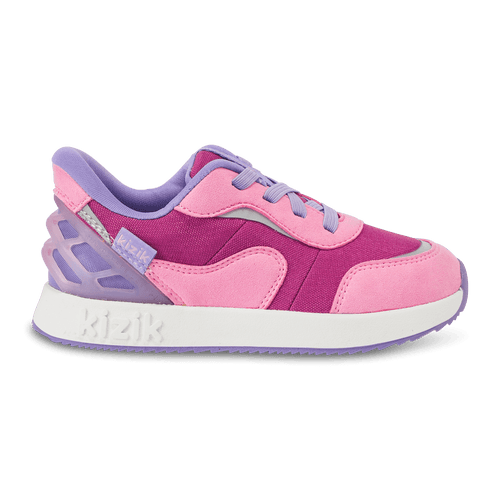


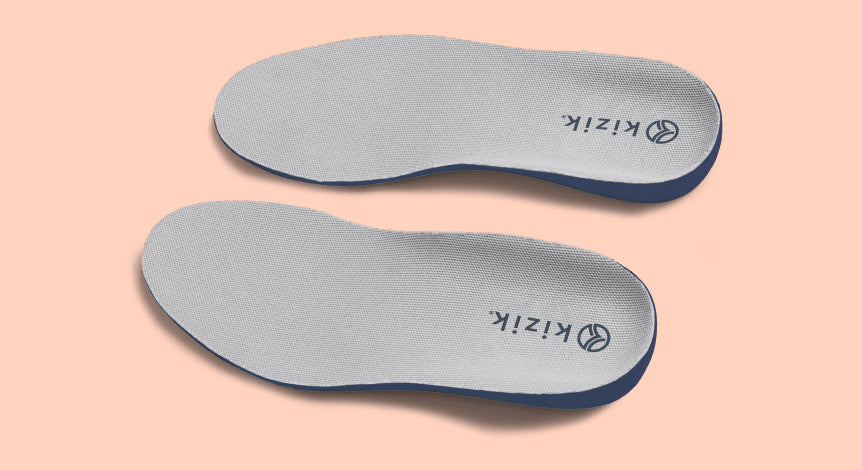

Leave a comment
This site is protected by hCaptcha and the hCaptcha Privacy Policy and Terms of Service apply.